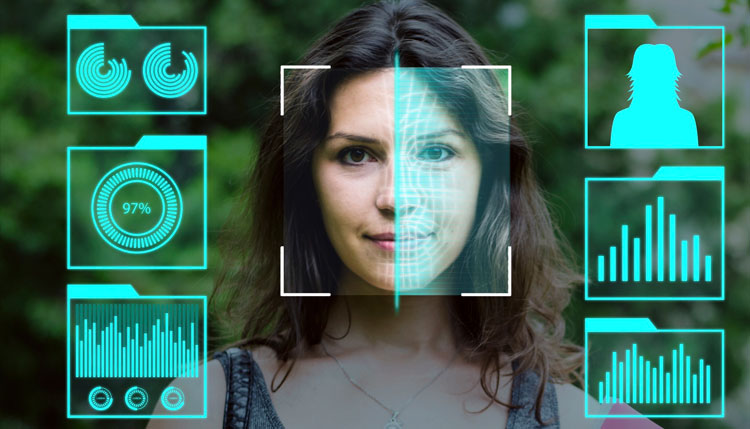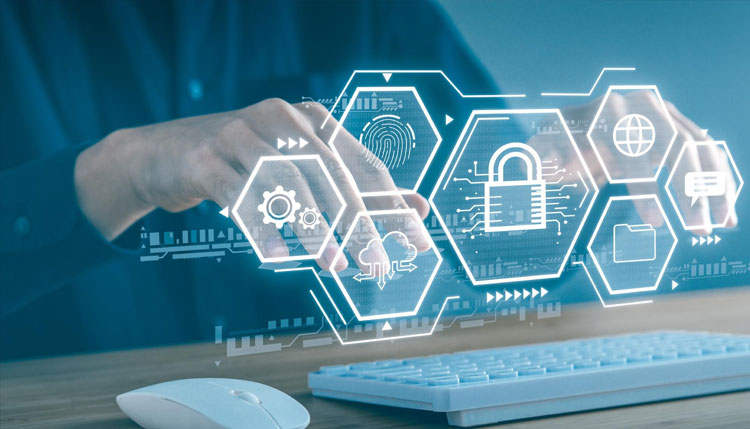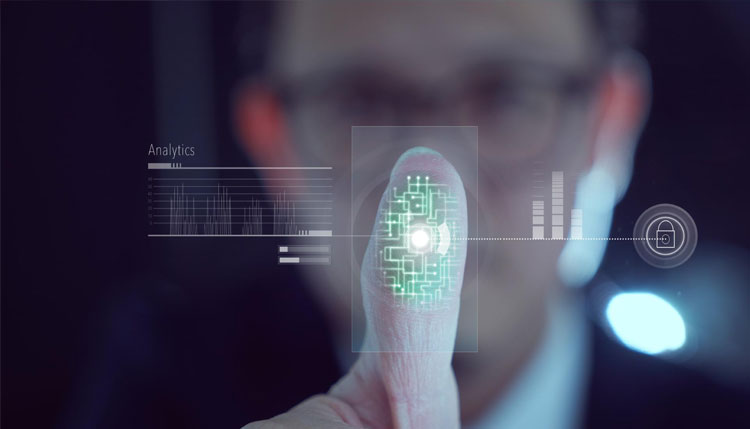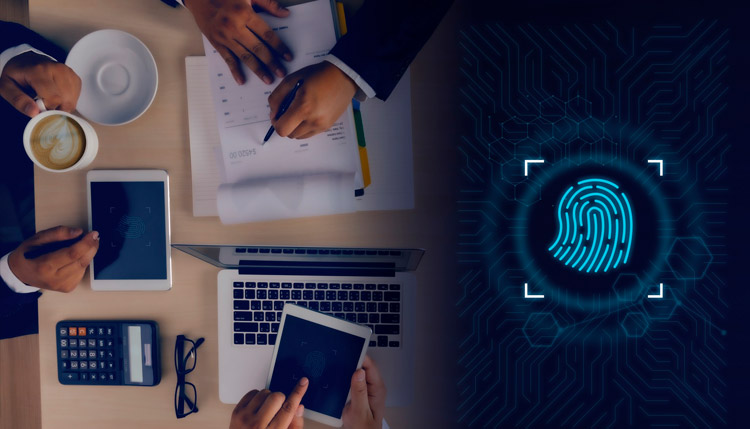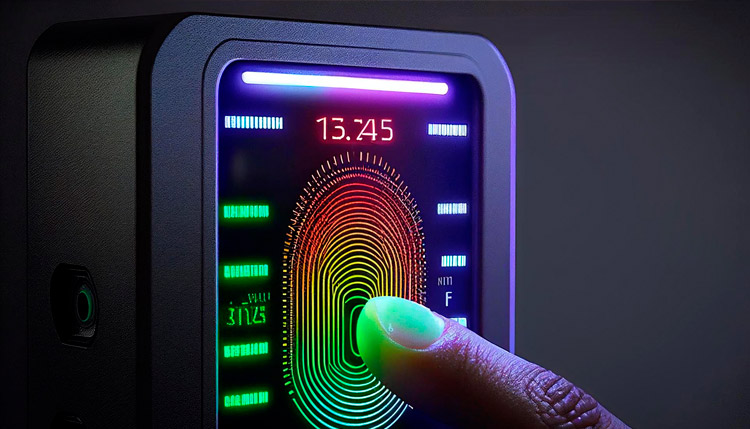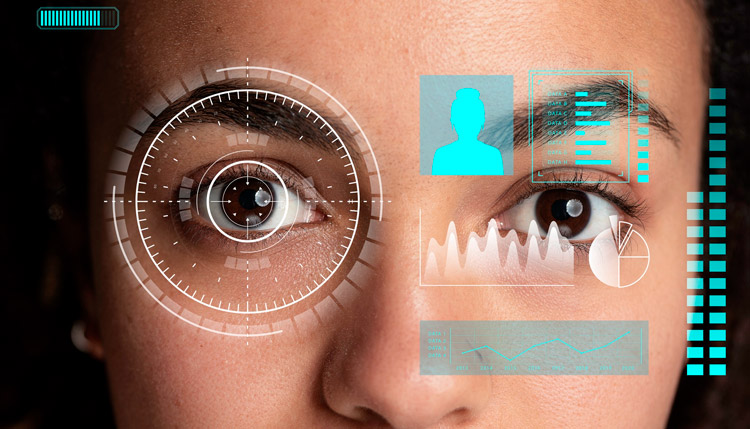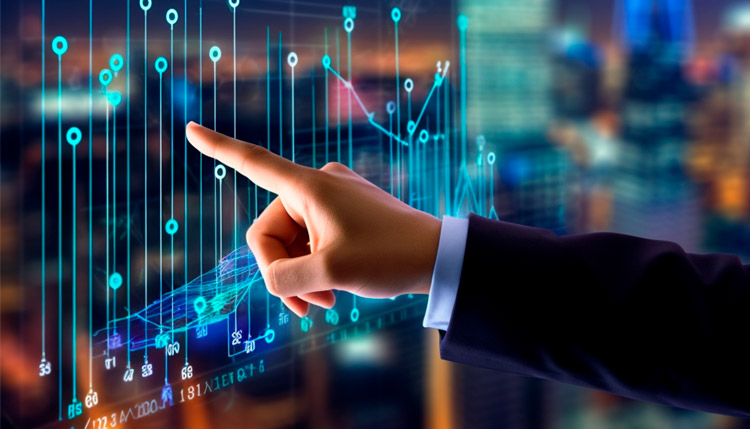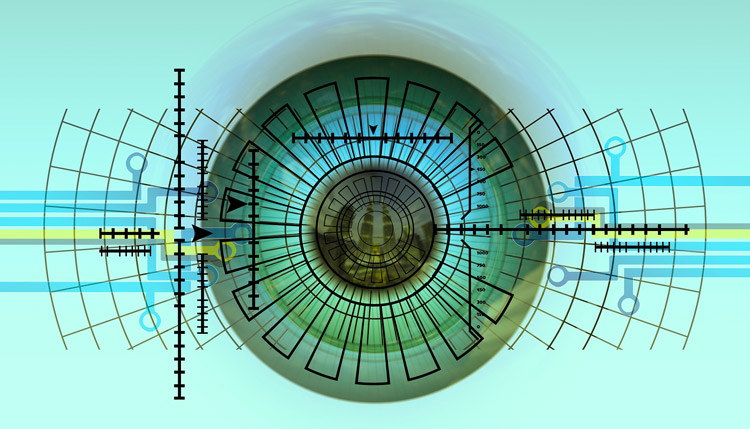
Biometric Trends and Opportunities During Covid-19
The Covid-19 pandemic shut down businesses and kept people in their homes for most of 2020. The healthcare industry, on the other hand, was in overdrive. As the year progresses, some industries recovered faster than others. The biometrics industry is one of these.
For a long time, the use of biometric software was largely restricted due to how expensive it was. But as time progresses, more technological innovations meant that biometric security was accessible to more people. In the year 2020, biometric security became a necessity.
Why is the biometric industry important in the year 2020?
The pandemic is still raging across the world, and a vaccine hasn’t yet been released. However, people can’t stay at home for the whole year. The impact of the Covid-19 pandemic on the economy has been severe.
Instead, people needed to find alternatives that allowed them to go on with their daily lives without fearing catching the virus. Biometric security emerged as a boom during this time.
Contactless service has become important in 2020. This removes the fear of there being virus residues on a surface that might infect another person. The use of technology, such as face and iris scanners allow people to provide credentials without touching a surface.
That is why the fingerprint scanner didn’t witness a massive growth this year. The airport industry is one that can benefit from using biometric security by allowing airport authorities to scan passengers from a distance.
This is how the biometric industry witnessed a rise in 2020:
1. Thermal Scanners: To detect whether a person has a fever or no, biometric scanners are being used everywhere from malls to airports. It allows the user to gauge whether a person’s body temperature is abnormally high or not, from a safe distance. The use of thermal scanners to detect fevers was also prevalent in Hong Kong after the SARS epidemic. It was a practice that was continued after, as well. There is a chance that thermal scanners may still be used at airports after the pandemic is declared over.
2. Facial and Iris Recognition: This allows people to verify who they are without having to come in direct contact with any surface. The process is also more efficient, as well as cost reductive as it’s automated.
Although these two are the areas that witnessed the most obvious growth in this period, other technologies are not falling behind. Biometric security is interoperable and applicable to various industries. As the new normal is established, many of the changes incorporated this year may continue into the future. This means that the biometric industry will only grow soon.


